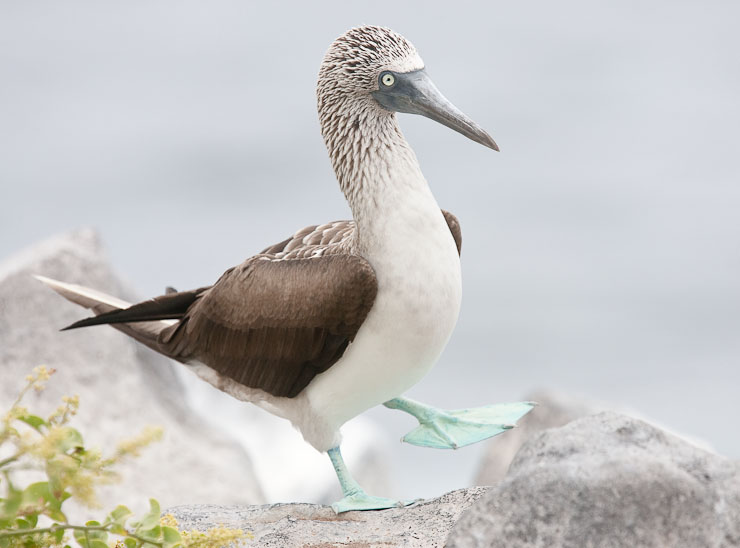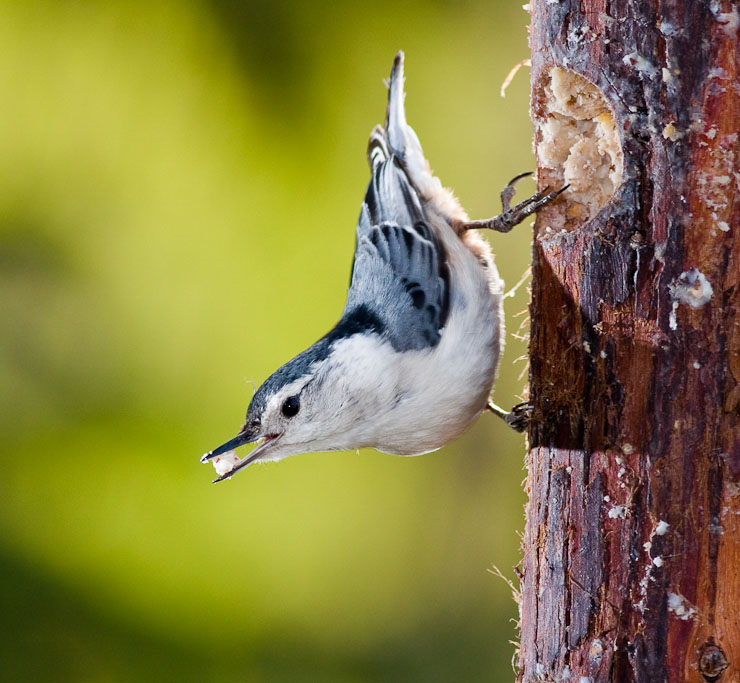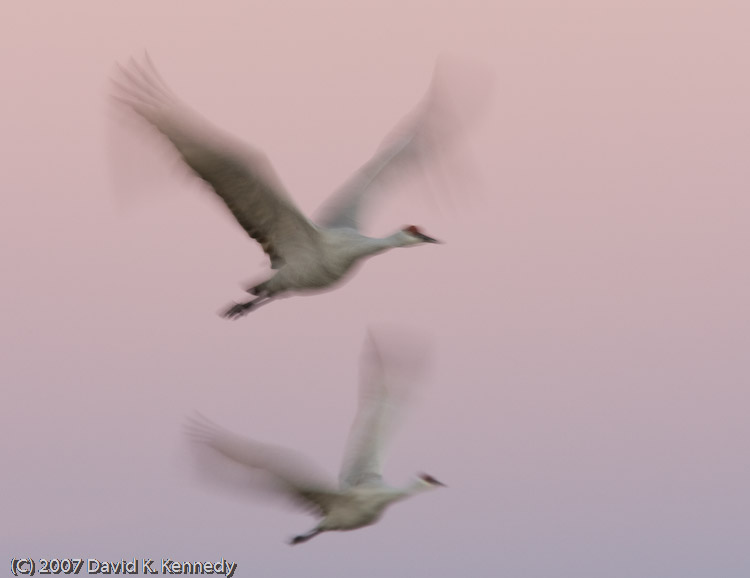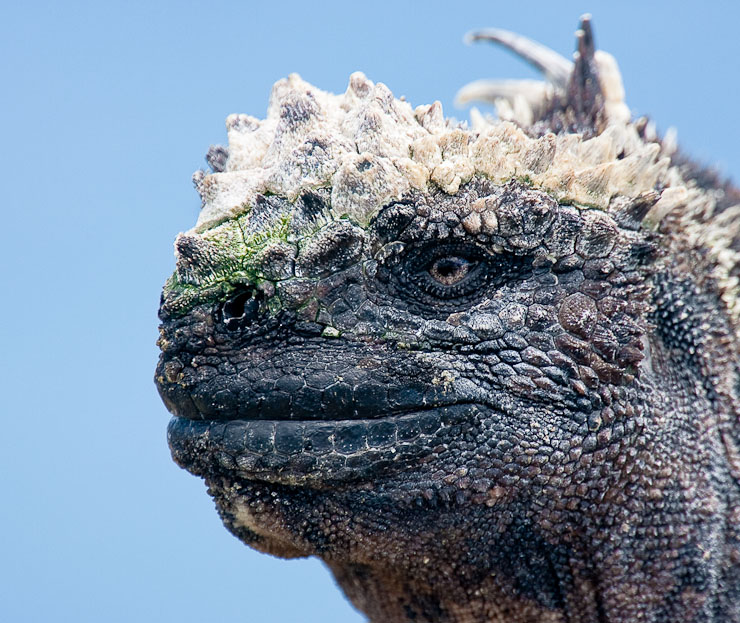
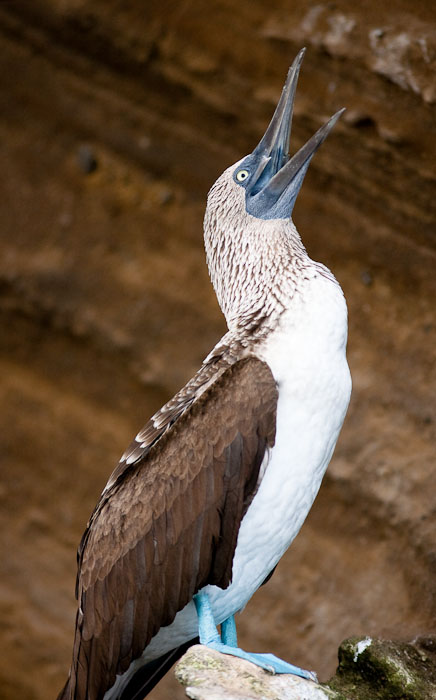
I returned from the Galápagos islands to Quito, Ecuador on Saturday and flew back into Milwaukee, Wis. yesterday around 9:30am CST. All luggage arrived back home safely, so I spent most of the day alternating between unpacking and laying on the couch. (I didn’t sleep on the red eye flight from Quito to Atlanta, but I did get a couple hours on the flight back to MKE).
Overall, it was a wonderful experience and the group, led by Artie Morris, was composed of many great people as well as our excellent guide to the Galápagos.
I have just begun the process of ranking and keywording my photographs from the trip. So far, I have only worked up three images–none of which have had more than Lightroom adjustments applied to them. I’m saving the cases that need some Photoshop magic for later!
Eventually, I will post the best photos from the trip in a gallery on my Zenfolio Web site, and many images might find their way into my wildlife and landscape portfolios on this Web site.
